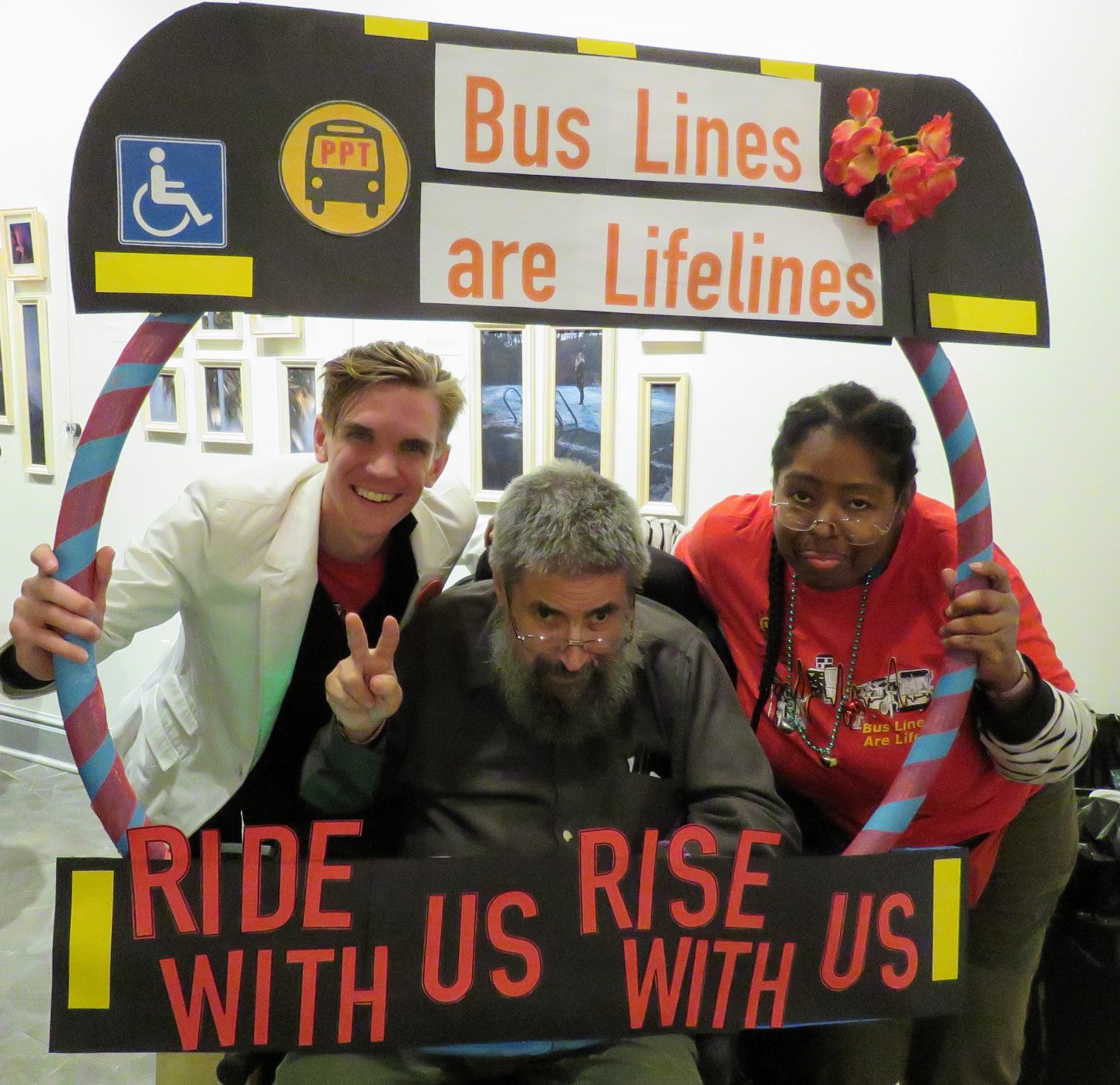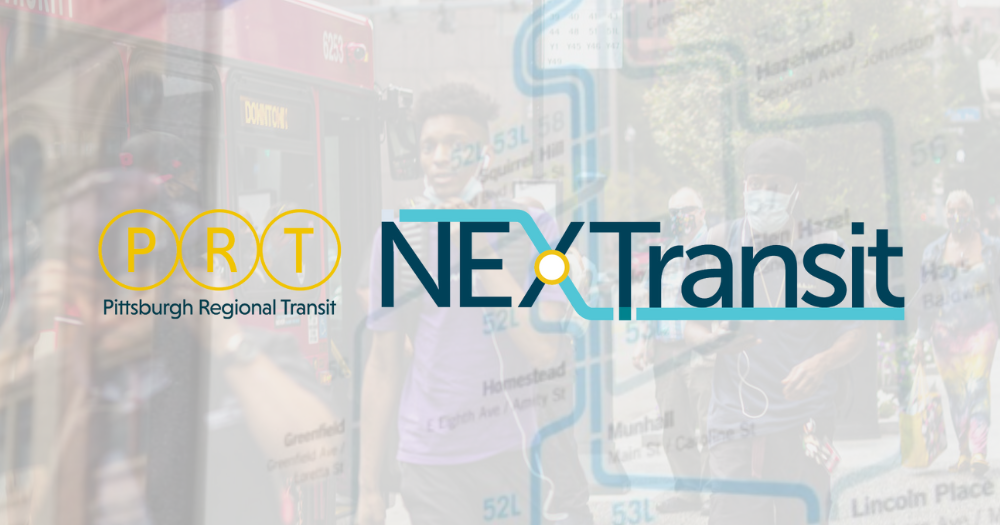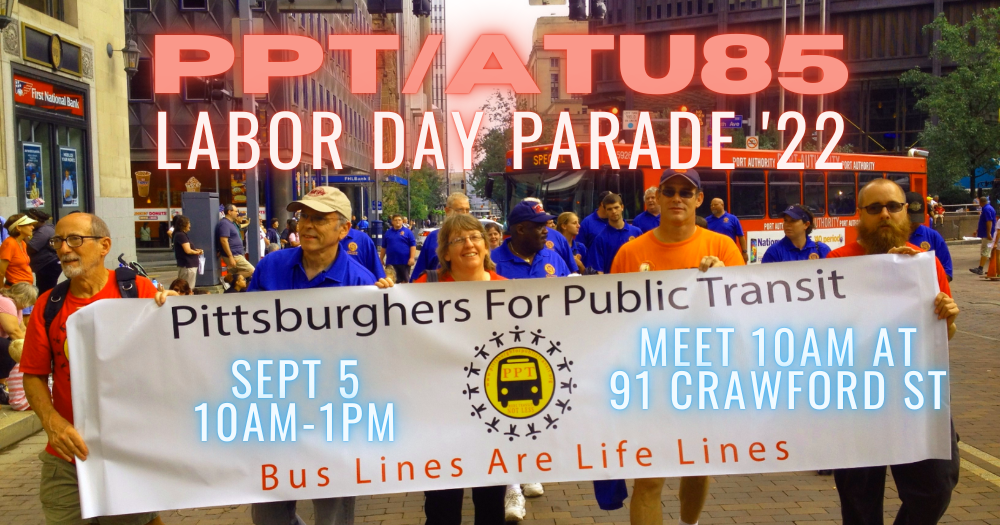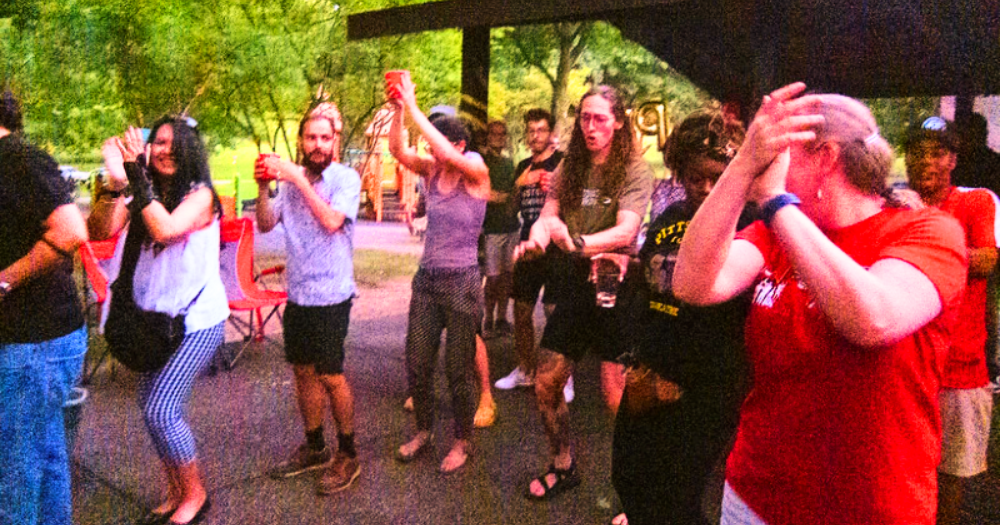 Picture of a red bus at the Wood St Stop downtown, with passengers boarding. The text reads, “Ride the Bus? You can make it better.” Fall 2022 Pittsburghers for Public Transit is a grassroots nonprofit organization of public transit riders, workers, and...
Picture of a red bus at the Wood St Stop downtown, with passengers boarding. The text reads, “Ride the Bus? You can make it better.” Fall 2022 Pittsburghers for Public Transit is a grassroots nonprofit organization of public transit riders, workers, and...
 image description: yellow bus on a rainy evening in downtown Pittsburgh. Link to Port Authority’s list of upcoming service changes. This month’s changes are less severe than the last two quarters (where service was cut more than 6%), so we’re grateful. However, we’re...
image description: yellow bus on a rainy evening in downtown Pittsburgh. Link to Port Authority’s list of upcoming service changes. This month’s changes are less severe than the last two quarters (where service was cut more than 6%), so we’re grateful. However, we’re...
 image description: image has PRT’s new logo and NEXTransit logo overlaid on a map of routes and a photo of riders exiting a downtown bus A redesign of the entire transit system will begin with Downtown, and it kicks off 8/23. We need to ensure that PRT is...
image description: image has PRT’s new logo and NEXTransit logo overlaid on a map of routes and a photo of riders exiting a downtown bus A redesign of the entire transit system will begin with Downtown, and it kicks off 8/23. We need to ensure that PRT is...
 image description: Flyer for PPT’s delegation with ATU Local 85 for the 2022 Labor Day Parade. Includes a photo of PPT holding our banner with ATU Local 85 at the 2014 Labor Day Parade. ATU members are wearing blue shirts. A red Port Authority is in the...
image description: Flyer for PPT’s delegation with ATU Local 85 for the 2022 Labor Day Parade. Includes a photo of PPT holding our banner with ATU Local 85 at the 2014 Labor Day Parade. ATU members are wearing blue shirts. A red Port Authority is in the...
 image description: photo of the dancefloor at PPT’s Summer Party. People have their hands up clapping and dancing. PPT Members got together for the first in-person celebration since the start of the pandemic – the result was a magic summer party On August...
image description: photo of the dancefloor at PPT’s Summer Party. People have their hands up clapping and dancing. PPT Members got together for the first in-person celebration since the start of the pandemic – the result was a magic summer party On August...





